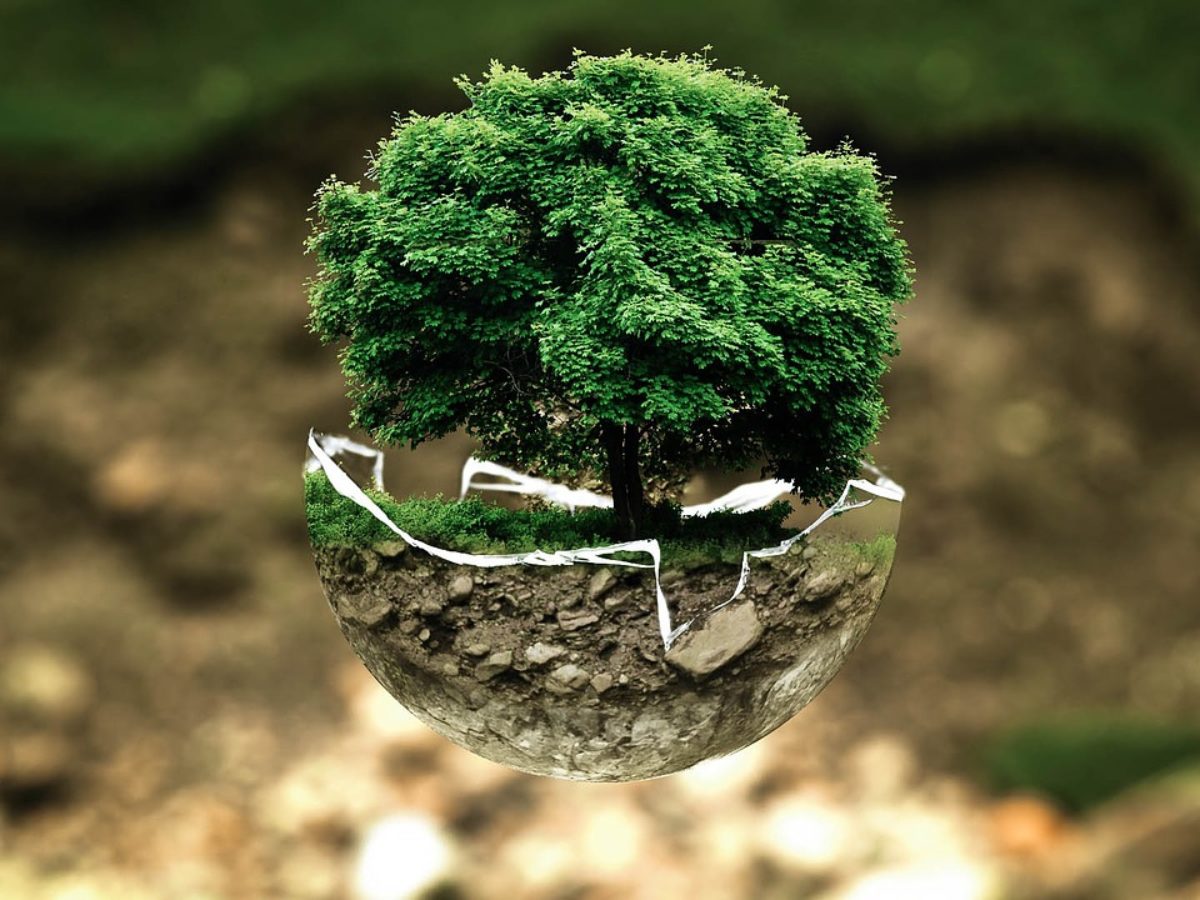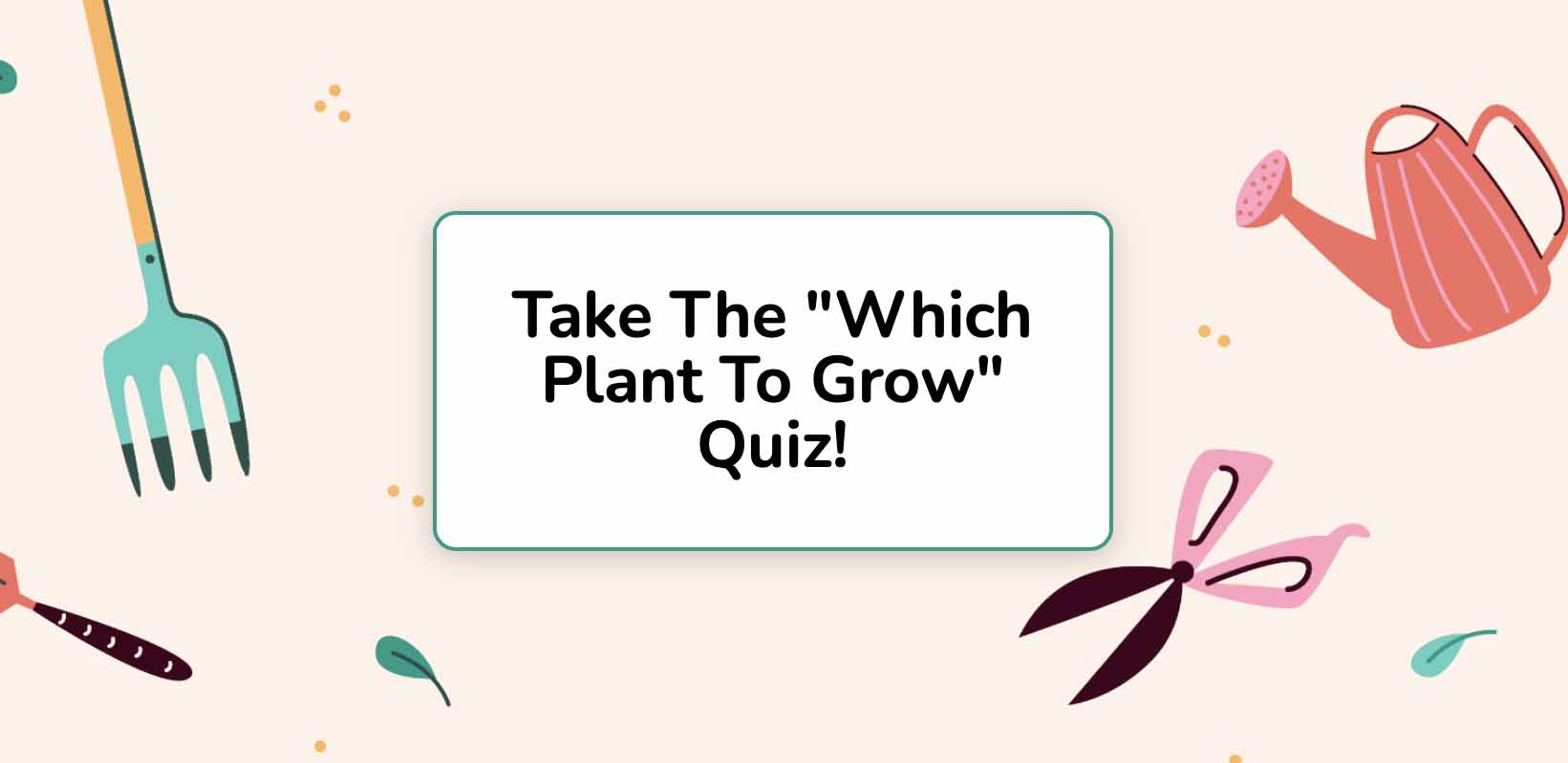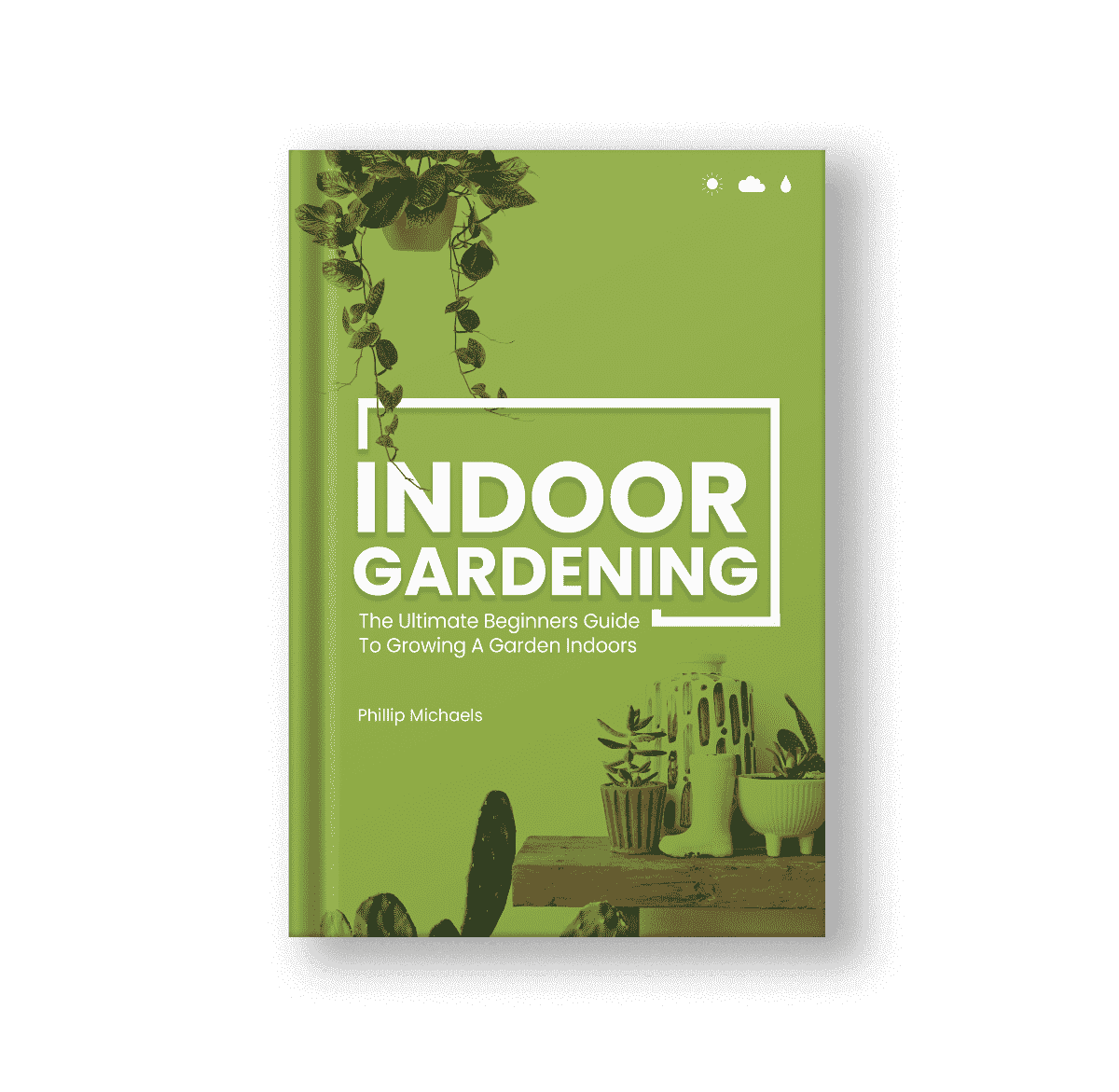Bonsai trees have a distinct, unique beauty, and growing indoor bonsai trees is a popular hobby all around the world. The wide variety of trees gives gardeners and bonsai enthusiasts alike a wide range of options that are sure to appeal to everyone’s style. Today, we’ll look at what goes into growing bonsai trees, and touch on all the indoor bonsai tree care points you should know before diving in.
Bonsai trees overall symbolism represents life. This symbolism comes from the trees always being in constant balance, whether you have one tree, or 10 trees, they are always in harmony. The growing of these trees is an ancient tradition practiced all around the world.
If you plan to grow one of these trees, you should be creative and attentive, bonsai trees need consistent care to grow properly. Bonsai tree growing is not a sprint, but a marathon to constantly keep the balance of your tree. Learning how to properly prune and wire a bonsai tree is not difficult, but mastering the art can take years of practice. That’s why bonsai growing is such a popular and rewarding hobby that can last a lifetime.
If you’ve never grown a bonsai tree before then this is for you. Here, we’ll walk through all the basics of growing and caring for your very own bonsai tree. By the end, you’ll have all the skills you need to not only start your own tree but also grow your experience and knowledge.
Choosing Your Bonsai – Best Indoor Bonsai Tree
The first step is deciding which type of bonsai tree you want to grow. Different trees will thrive in different conditions, so it’s important to pick one that fits the area you’re growing in. It’s also important to know a bit about your preferred variety of tree as the level of care differs between varieties.
In general, bonsai trees are separated into two main groups, indoor and outdoor trees. Depending on where you want to grow, start with one of these broad categories and then drill down. Many varieties of bonsai plants will not grow indoors and need periods of dormancy and cold in order to thrive. While it’s possible to simulate this indoors (such as moving to a garage or basement in the winter) it does increase the level of care and it’s typically easier to choose a plant suited to your goals.
For those looking for indoor varieties, look for ones that are tropical and can thrive in the constant warmth of an indoor environment. The reverse is also true though, indoor varieties will not do well outdoors, so make sure to pick the right variety for your location.
For beginners, the Ficus Bonsai is generally considered a good choice. The Ficus is an indoor Bonsai, although it can be placed outside in warmer weather. Frost will, unfortunately, kill the plant, so it can’t survive the colder months unprotected. It has a good mix of ease of care and flexibility, making it a solid choice for first-timers, and is our recommendation for those just getting started with bonsai.
The Ficus is but one type of Bonsai tree. Don’t feel like you have to grow it, there are a plethora of other options for all levels of growers. We’ll also be posting articles on some of the more popular indoor varieties to help you choose. Below you’ll find some general indoor bonsai tree care tips that apply regardless of which breed you pick.
Other Varieties
Before we jump into the care, we just wanted to briefly touch on a couple more common bonsais you might want to grow.
Juniper Bonsai
This is a very popular outdoor variety that doesn’t do well indoors. Plant it in a bright location with lots of sunlight. It does well in mild winters, but as the temperature drops to around freezing you’ll need to provide it with a little protection.
Dwarf jade
The Dwarf jade is typically an indoor plant that can’t survive as the temperature approaches freezing. You can grow it outdoors in the warmer months, but be sure to move it indoors as the temperature drops. It requires full sun for optimal growth.
Japanese Maple
Another popular variety, this one can actually grow both indoors and out. Expect it to grow smaller when container bound, and provide it lots of bright light. It is frost tolerant but does need protection as temperatures drop below freezing. Indoors, keep it in an area that gets bright, but indirect light.
Size and Location
Another thing you are going to want to take into consideration when making your choice is the size of your tree. Bonsai trees can be as small as 6 inches when they’re full grown, or can get as big as 3 feet tall. Proper shaping can also help keep your plant’s size in check but will require more work on your part.
You’ll want to pick a plant that lines up with your desired grow space as well as the level of effort you want to put into your plant’s care. A faster-growing plant will naturally require more time to shape. In general, plants grown indoors in containers will be smaller than those outdoors with more space to spread out.
Always take into account the location as most varieties need full sunlight in order to thrive. You generally want areas that get full sun for at least 8+ hours per day, and only a handful of varieties will thrive outside of this range. If you need extra light, consider using a grow light to supplement. You can typically get away with a smaller grow light for indoor bonsai trees which is great as these are typically cheaper than larger ones.
Planting Your Bonsai Tree
When getting started you have two options, using a pre-grown plant or starting from a seed. In most cases, it’s recommended that you choose a healthy-looking plant and grow it from there. Starting from a seed requires a lot more control over the grow space as well as up to 5 years before you’ll have a viable plant. This makes it only good for those looking for a challenging, multi-year project.
When choosing a container pick one that is big enough to house your plant as the size of it will dictate maximum plant growth. This is easier to do once you have a variety in mind and an idea of how big you want it to grow. Make sure to choose a pot that is well draining, or drill in some drainage holes in the bottom. Keep in mind that many pre-grown bonsai trees come in a container that may already be suitable for them to grow in.
Indoor Bonsai Tree Care
Watering and feeding are very important parts of bonsai tree care. Due to the relatively small amount of soil most bonsai trees are planted in they are not able to hold much moisture or nutrients. That means it’s up to the gardener to make sure that the tree has what it needs to grow.
When watering, make sure to check every day to see if the top inch of the soil is wet. If it’s dry, then water the plant until it begins to leak out of the drainage holes. If it is wet, then wait and check again tomorrow.
For fertilizing, look to fertilize every 3-4 weeks while the plant is growing. For tropical plants indoors this will likely be year-round, but for outdoor plants, you can stop when they go dormant in the winter. You can use a standard plant fertilizer, although you can usually cut down the amount to match the tree sizeor a specially formatted bonsai fertilizer.
Styling and Shaping
When you have a bonsai tree, you need to be somewhat artistic and creative with it. This part can prove to be fun, but it can also be a bit challenging at first. The skill of shaping a tree can take years to master, but there are some basics you can learn quickly and easily.
Pruning is essential to maintaining your tree. This will keep your tree at the size that you want, and will also give it the desired shape. There are two main types of pruning, pruning for maintenance and pruning for aesthetics.
Aesthetic pruning should be done sparingly as too much can cause damage to your plant. Here you can let your creativity shine, and there really aren’t any hard rules for what you have to do. Most people look to create a tree that is similar to nature, but miniaturized. To that end, they look to remove any unnatural-looking branches or ones that make jarring twists and turns. They might also prune back some of the upper branches to allow light to the lower ones. This is also a good time to look to remove larger, ugly branches if you so desire. It’s really up to you and what you think looks good.
Pruning for maintenance can be done much more frequently, especially in the summer when the plant is likely growing more quickly. Here you want to make sure to remove things such as dead or dying leaves and branches. You should also look to keep your nodes on twigs to 3 or 4 to prevent overgrowth. Pruning helps keep the plant healthy when done correctly, so it’s okay to do so on a regular schedule.
Overall, pruning is a big part to own a bonsai plant and where a lot of the fun is. You can spend a lot of time getting the cut just right for a healthy and good-looking plant. Don’t worry if you don’t get it perfect the first time, bonsai is a lifelong hobby that you’ll become more proficient in it over the years.
Pruning Bonsai Roots
You’ll also want to occasionally cut back the roots of your tree. Not doing so can lead the plant to become root-bound which can literally suffocate the plant and prevent it from getting nutrients and moisture from the soil.
To do so, gently remove the from its container and carefully break up the roots. Remove any excess soil to make it easier to work with the roots.
Then, carefully cut back the largest roots and any dying roots with a sterilized pair of scissors. Cut back anywhere from 1/3 to 2/3 of the roots and then place the tree back into its container with fresh soil. Water right after doing so to help your plant recover.
Root pruning generally needs to be done every other year, but can be more or less depending on your plant’s growth rate. The best time to do so is in the spring or summer when the plant is actively growing. Try to avoid doing so in the winter as it will be harder for the tree to recover.
Wiring a Bonsai Tree
Another technique used to shape trees is by wrapping the branches in a thick gauge wire. You can manipulate the way your tree grows by carefully wrapping the wires around the branches which you wish to shift the position of. This process can be done all year, though is most likely to be used for a freshly potted plant to help it stand straight in the early months.
You’ll also want to take care not to leave the wires on for too long as they can scar the plants. Eventually, the bark may grow over the wire making it impossible to get off. The length of time is largely dictated by the plant type, but a year or two is generally safe for most of them.
This is obviously a huge simplification of the process but should give you a general idea. You can learn a bit more about wiring up a bonsai tree here.
Growing Bonsai Trees Indoors
Growing bonsai trees is a fun and rewarding hobby enjoyed by millions. Bonsai trees are quite beautiful and can provide years of enjoyment pruning and growing them. The great thing about bonsai is the large range of different plants means there’s a viable plant for nearly any location and effort level. Whether you want a fast-growing challenge or a small plant that’s seldom touched for an office desk, there’s a bonsai tree for you.
For those looking for a simple starter kit check out this one on Amazon. It’s a great start for a beginner and directly supports this site. We get a small commission for every purchase so it helps us keep producing articles. We’d also recommend checking out a local nursery to get a full-grown plant to start from. The benefit of shopping locally is there are often fellow gardeners working that can help answer questions.
As we mentioned, this is a simple primer and there’s so much more to learn about growing and caring for bonsai trees. We’ll be putting together some more details that go more in-depth on the specific aspects of care, so stay tuned.
Frequently Asked Questions
Is It Difficult To Grow a Bonsai Tree?
No, there are many varieties that are quite easy to grow. Selecting one of these makes the whole process quite easy.
Can You Grow a Bonsai Tree Indoors or Outdoors?
Both, depending on the variety. Some types of trees will do better indoors while others are best grown outdoors. During the summer, you can often do both.
How Often Should I Water My Bonsai Tree?
You should feel the soil and water when it is dry to the touch. In most cases, this will be about 1-2 times per week.
Why Do We Use Shallow Pots For Bonsai Trees?
Small containers help limit the tree's growth which in turn makes it easy to shape and care for.







